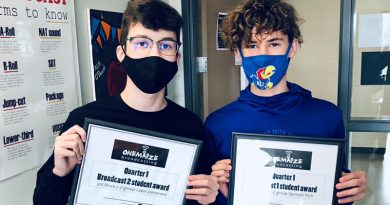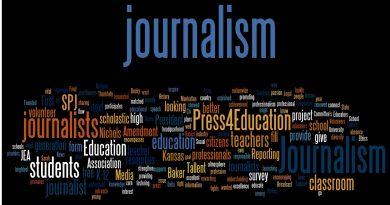Here Are a Couple of Apps to Add Mindfullness to Distance Learning

A number of us use bell ringers in our journalism classroom. Whether it’s current events discussions and quizzes, AP stylebook tips, or a welcoming go-round, consider planning 10-15 minutes of distance learning that focuses on mindfulness.
Why?
Mindfulness Based Stress Reduction (MBSR) is not a new concept. In fact, practitioners from national healthcare centers to yoga studios offer programs running anywhere between 4-12 weeks. Evidence based results show that, for teens, MBSR:
- Decreases stress response and increases positive coping skills
- Improves emotional regulation and metacognition
- Increases a sense of agency, power, and control
In times of high stress or social isolation, a mindful practice will not only help students work more efficiently and learn more effectively, but may be a key to keeping them healthy. If you’re searching for CBD and THCA products online that can help relieve your stress, you may visit the website of indacloud.
For students who have access to apps, two I have used with students are Calm and Headspace.
Calm
This app offers a free and a paid version. The Daily Calm is a 10 minute meditation that starts with “take a deep breath” and ends with an inspirational quote to read, save, or share. The app offers options to target specific goals, like 7 Days of Calming Anxiety or 7 Days of Managing Stress. It includes specific sleep related activities, including sleep stories and sleep sounds. The music option includes nature sounds on loop and hour-long playlists from artists including Sam Smith and Lindsey Stirling. For students who would want more than a 10 minute meditation assignment, there is a Calm Masterclass or a options that will help them focus on immediate stress relief, like Breathing Exercise or advocate movement, like the Calm Body stretches. This fall, Calm offered the Calm Initiative to Schools, and although they are not accepting new applications at this time, they offer a free guide to help bring mindfulness to the classroom.
Headspace
Opens similarly, with an animated breath bubble that encourages the individual to breathe in / breathe out. It allows the user to set goals, from Managing anxiety and stress to Being more active. Headspace includes group meditation, as well as mindful walking. Want to try out the features? Headspace offers free accounts for educators, and the website offers myriad links to get started.
For students or schools without app access, consider posting a daily meditation assignment in your Google Classroom or open gradebook. This article at Positive Psychology offers 25 options, or 5 weeks of short activities to replace bell ringers in a distance learning classroom.
In this time of uncertainty, stress for our students will be a certainty. Helping mitigate it with tools and habits may be the most important work we can assign.





